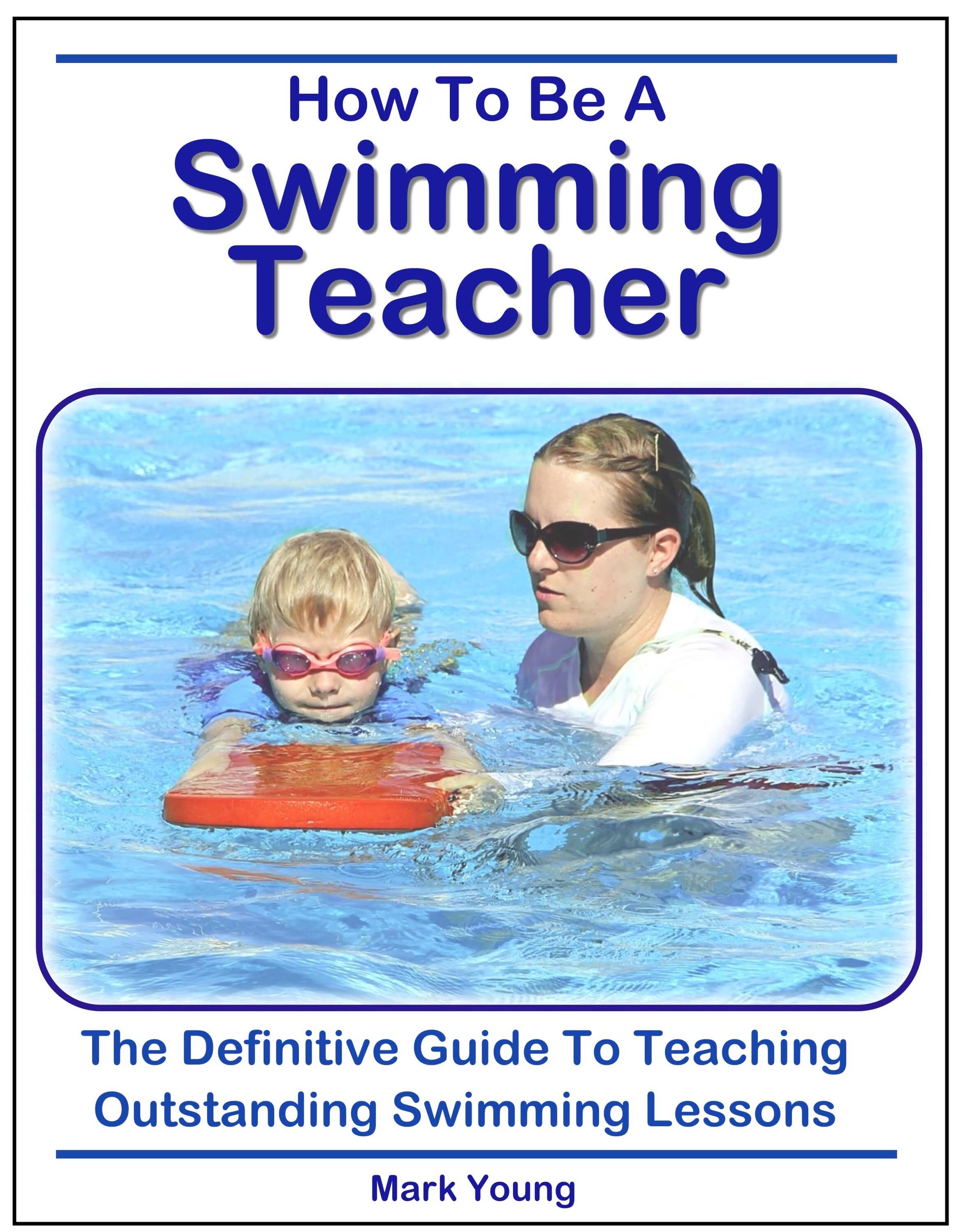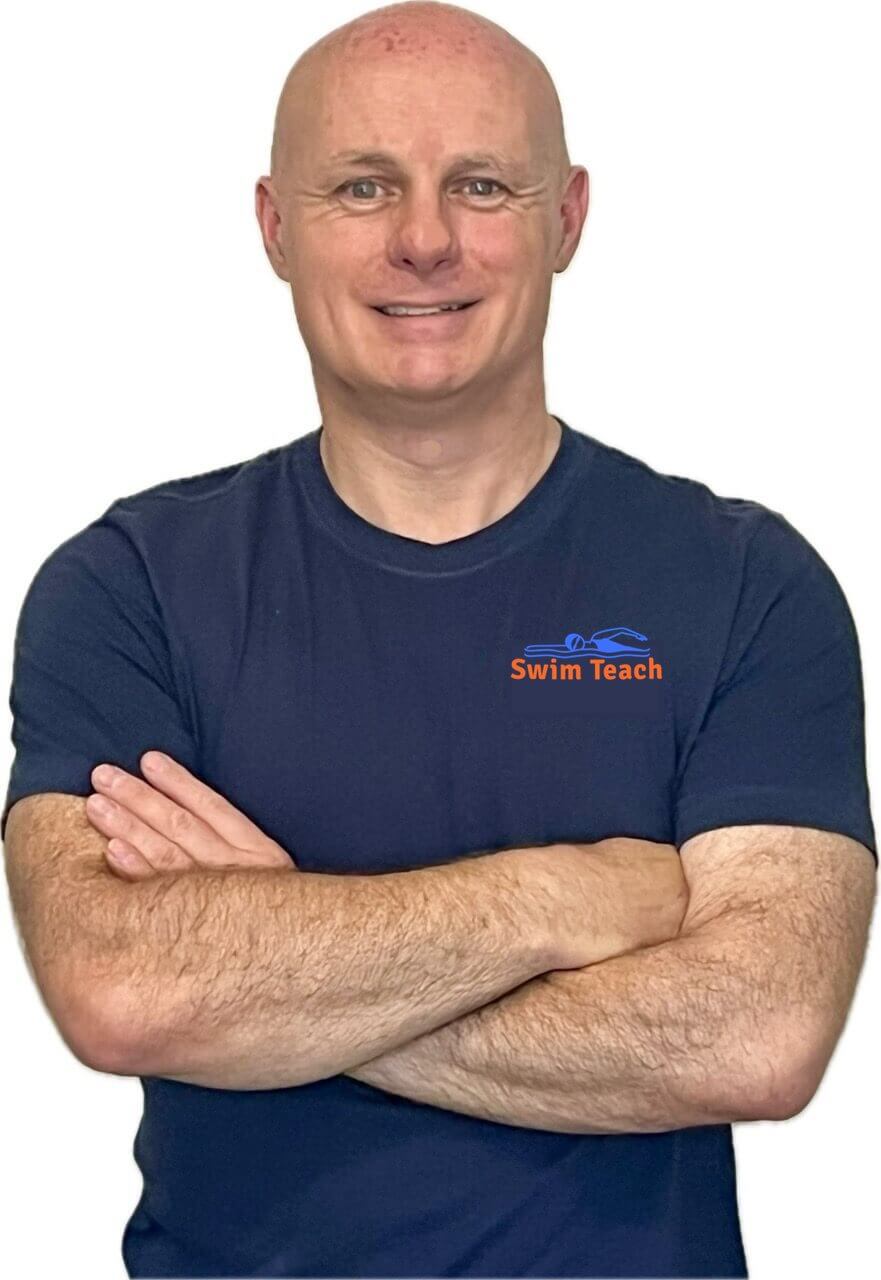- Swim Teach Home
- teaching tips
- How to Teach Swimming Lessons
- Teaching Toddlers To Swim and Water Safety
Teaching Toddlers To Swim and Water Safety
By Mary Yohanan
Teaching toddlers to swim: Safety in water
It is said babies are good swimmers. They have a pair of reflexes, also known as a bradycardic response, allowing them to control their breath underwater. If you place a 6-month-old baby in the water with tummy-side down, they can move arms and legs in a swimming motion. Research shows some toddlers even enjoy splashing around in the water. However, that does not mean you can take your little child and drop him or her in a pool because of their natural ability to swim. Guidance is a prerequisite for safety.
Fun with water
Children absolutely love water. The idea of getting wet, splattering water, or putting their hands or legs in a water-filled tub is adventurous for them. To ensure their safety in the water, while they are having fun, they must learn how to swim. Pediatricians are recommending toddlers take swim lessons as early as six months of age because training from an early age can prevent drowning, which happens to be a major reason for death among children. Being able to swim independently and learn all the different strokes does not start until later but ensures that the little infants and toddlers can learn how to be safe in the water and float early on.
Psychological growth
Even Psychologists encourage parents to take their children for swim sessions as it shapes behavioral patterns. During the first couple of years, children learn many things that play an important part in their development process. They are even quick learners, if trained properly, they build up elements like obedience, teamwork, focus, confidence, patience, sportsman spirit, and so on. Apart from that, your child starts making new friends at the time of training. They learn to cooperate and communicate with people outside the known group.
Though children love playing with water, some fear putting their face in the water. If you want to eliminate this fear from your little ones, getting them swimming from an early age is the solution. Swim lessons allow your children to be safe in the water while having fun playing with the water.
Things you need
When looking for swimming lessons, try to find a pool that makes swimming more than just a lesson. There are several swimming toys like the water noodle, kickboards, diving kits, and so on. Make sure that your child wears a reusable swim diaper with elastic. This will keep the little ones free and comfortable while swimming and even the pool from getting dirty. Hygiene is very important, so it is better to take utmost precautions like giving your toddler a good shower after the lesson gets over.
Parents must understand that teaching toddlers to swim is just for fun. This is not a training session for the Olympics; so do not expect much. You intend to curb the fear of water and ingrain confidence. Never force them or get upset because your children could not perform well. If they start loving it, swimming can turn out to be their favorite sport.
Ways to swim
How about making this swimming session interesting? You can teach them to float, and make their arms and legs move in a playful manner. Take your child to the shallow end of the pool where they can stand or sit with their head above water and play games. You can encourage them to hold their breath for a few seconds underwater, but this needs to be done under supervision. Most importantly, praise them and support them when they try to swim or do activities in the water as per your instructions.
The feeling of water all around makes them feel very excited. The thrill of getting permission to play with water makes toddlers glad. Let them have every bit of joy, but stay alert and cautious.
How To Be A Swimming Teacher - The Definitive Guide To Teaching Outstanding Swimming Lessons. With over 80 fully illustrated drills. Click here for an INSTANT PREVIEW.
Don't miss out! Click here to grab a copy of my book.
Teaching Swimming and Water Safety to Children
Teaching swimming and water safety can be an enormously rewarding job. Being able to swim allows us to take part in fun, enjoyable water exercise and maintain cardiovascular health.
For kids, swimming is a source of great fun and excitement for those that have confidence and can swim. For others, it can be a source of fear and anxiety.
Those with the confidence may not have the swimming ability, and without them knowing, the water is a source of great danger.
Teaching kids to swim is a fundamental part of their early development in life and should be treated with equal importance.
Understanding water conditions is an essential part of participating in many outdoor activities. Most people will learn to swim at a swimming pool, which is the safest environment to learn. It can also be a calm and relaxing place to learn how to overcome the fear of water.
Water Safety and Kids
The emphasis must be on safety when teaching swimming and water safety. Swimming pools and open water areas such as lakes and rivers are an attractive source of fun and entertainment, and as a result, quite often, the dangers of water can be overlooked.
The importance of children learning to swim cannot be underestimated, and respect for the water should be taught as early as possible. As children grow and develop, their strength and ability to move around in the water, with or without floatation aids, also increases. This, in turn, opens up a whole world of fun and enjoyment. This brings us to the next most important reason to learn to swim: fun.
An Important Note
It is important to note that children should always be supervised around water, regardless of their swimming ability. The most competent swimmers can get into trouble at any time and in any water environment. Nobody is drown-proof!
However, despite the safe environment of the swimming pool, there are still about 15 deaths by drowning in swimming pools each year in Great Britain. But when you consider that there are about 350 million visits to public swimming pools each year, plus many visits to pools in hotels, gyms, holiday parks and at home, the swimming pool remains a safe environment.
The Government has recognised that it is essential that children learn about the principles and skills of water safety and survival, which is why swimming is a compulsory component of the PE curriculum in primary schools. By the age of 11, all children must be able to swim a minimum of 25 metres safely.
Become An Outstanding Swimming Teacher
 How To Be A Swimming Teacher
How To Be A Swimming Teacher$19.99

I am a member of the Amazon Associates Program and I will earn a commission from qualifying purchases at no extra cost to you.



